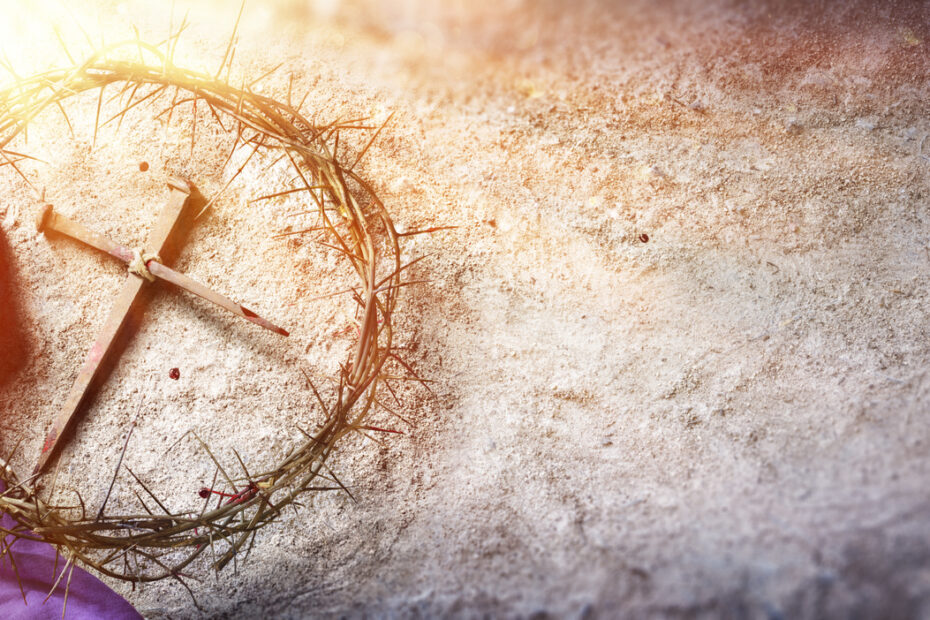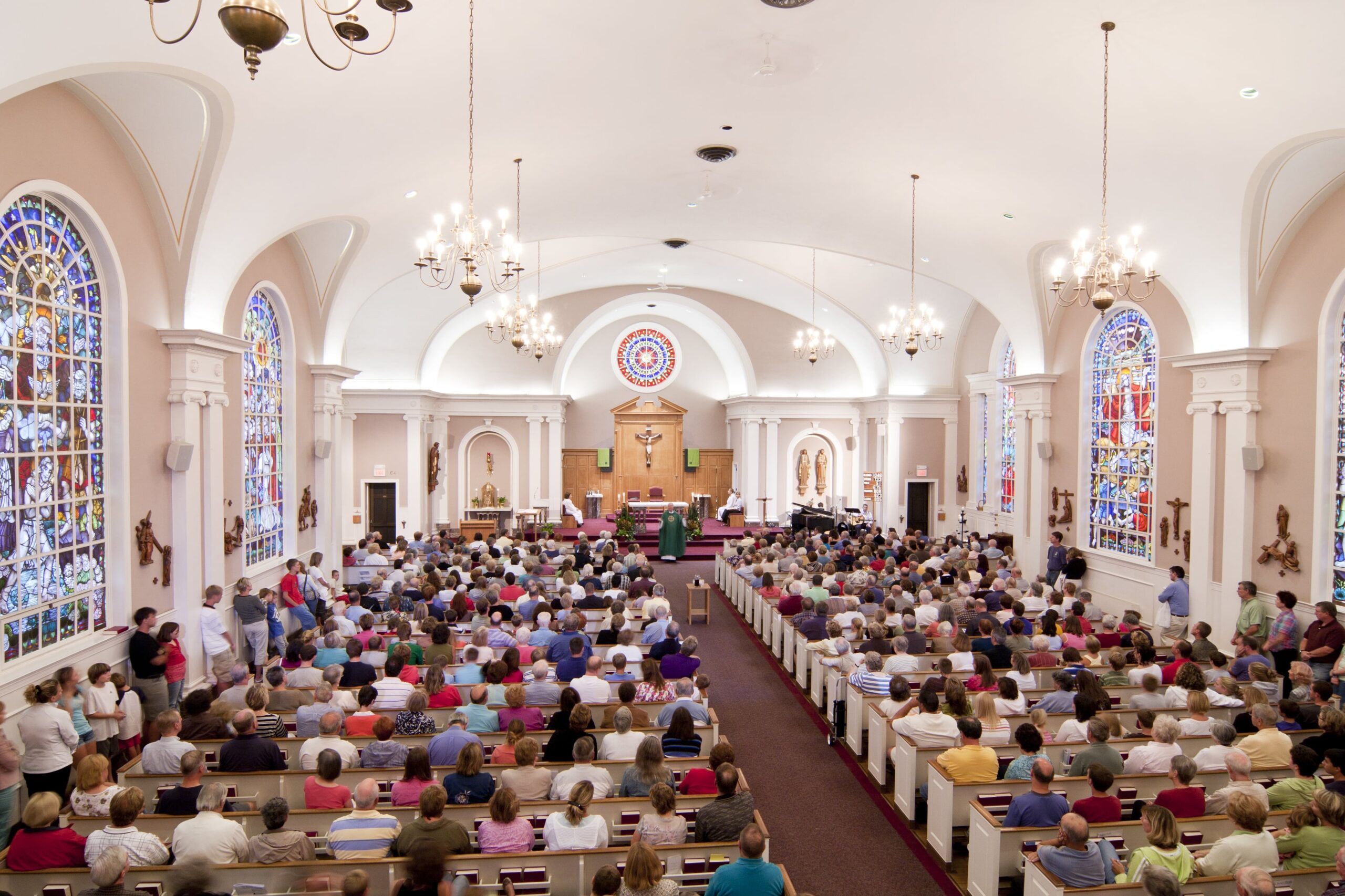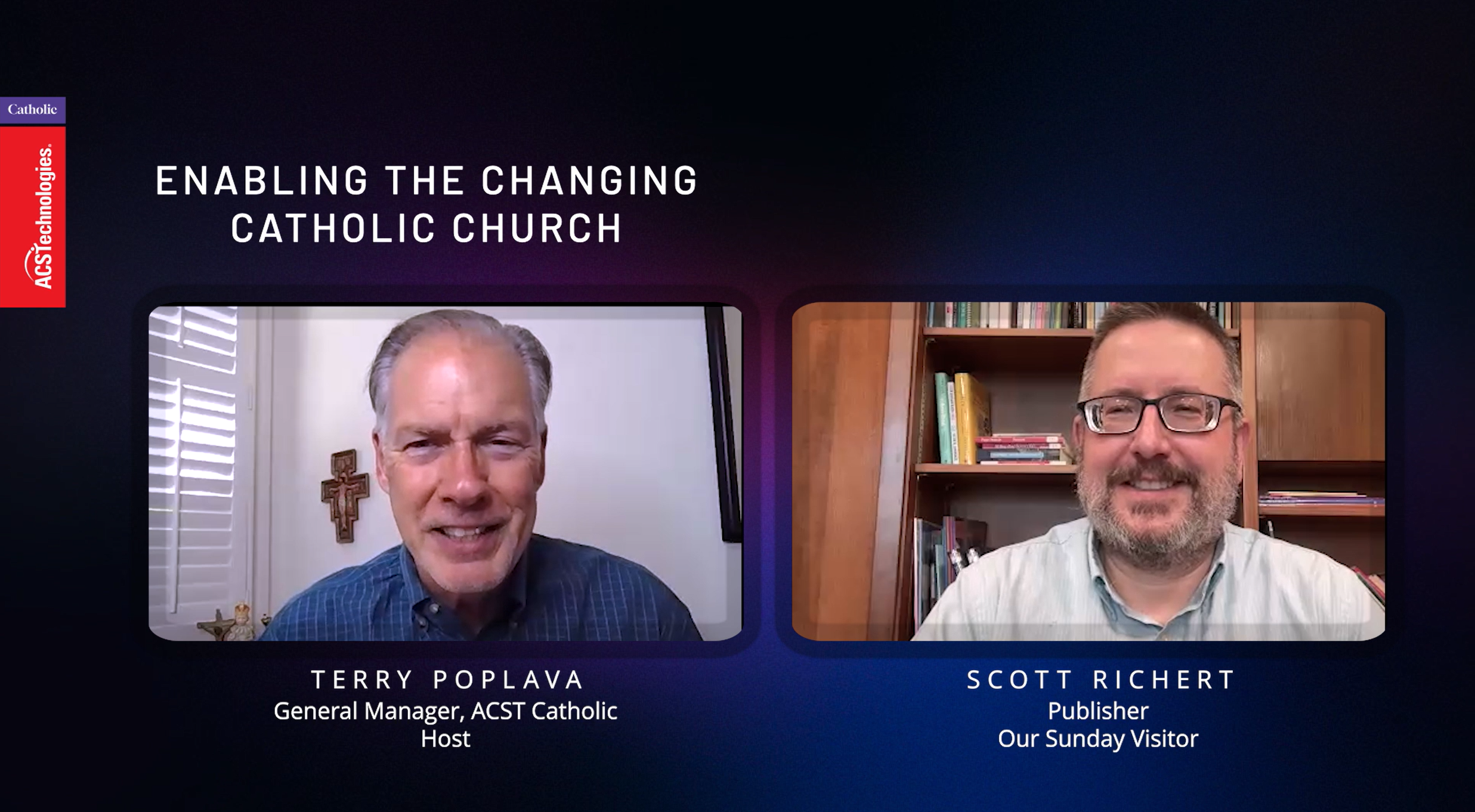Have you ever been on a diet and focused so much on what you could not eat that you completely lost interest in what you could? Then it left you wondering why you even chose that plan? This potentially negative mental association influenced your outcome and shaped your perspective of the desired process. Be encouraged! Loyola Press shares, “This year’s Lent can be different. It will take an openness to God’s grace. A deep desire to receive what is being offered us. And a few signs and symbols to help us stay focused throughout the season. Lent will no longer feel like a burden, but rather a blessing.” On that note, knowing what are the rules for Catholic Lent makes more sense when we accept the heart of the season: to focus on growing closer to God.
Lenten Guidelines
In our Lenten pilgrimage of faith and ascent to the holy mountain of Easter, may God direct our steps to Him, and show us how to walk always in His way:
- Everyone 14 years of age or older is bound to abstain (do without) from meat on Ash Wednesday. As well as, all the Fridays of Lent and Good Friday (Canon 1250 -1253). Salt and freshwater species of fish, amphibians, reptiles, (cold-blooded animals), and shellfish are permitted in the rules for Catholic Lent.
- Everyone 18 or older, and under 59 years of age, is bound to fast (do with less) on Ash Wednesday and Good Friday (Canon 97).
- On Ash Wednesday and Good Friday, Lent fasting rules mean that only one full meatless meal is allowed. Two other meatless meals, sufficient to maintain strength, may be taken according to each one’s needs, but together they should not equal another full meal. Eating between meals (snacking) is not permitted.
- Apart from the prescribed days of fast and abstinence on Ash Wednesday and Good Friday, and the days of abstinence every Friday of Lent, Catholics have traditionally chosen additional penitential practices for the whole time of Lent. These practices are disciplinary in nature and often more effective if they are continuous and kept on Sundays as well. That being said, such practices are not regulated by the Church as rules for Lent, but rather by individual conscience.
- During Lent, we are asked to focus more intently on “almsgiving.” This means donating money or goods to the poor and performing other acts of charity. As one of the three pillars of Lenten practice, almsgiving is “a witness to fraternal charity” and “a work of justice pleasing to God.” (Catechism of the Catholic Church, no. 2462).
- Through the intentional sacrifice of Lent, we’re offered continual spiritual freedom from cultural insinuations associated with denial, fasting, and even “seasons.” What’s offered to us in the message of Lent, not only the practice of observing it, is that we have a Savior who knows every struggle. And he is able to supply our needs. He is able to cleanse, renew, and show us the way to eternal life. One of the main focuses of Lent is prayer. Praying through the Lenten season allows us to draw closer to our relationship with God and remembrance of what He has done for us.
- All Catholics who have been initiated into the Holy Eucharist are bound to receive Holy Communion worthily at least once during the Easter Season. Catholics are encouraged to receive Communion as often as possible, not only during Eastertide, but throughout the liturgical year. However, “Anyone conscious of a grave sin must receive the Sacrament of Reconciliation before coming to Communion” (CCC 1385.)
- Daily Masses during Lent are scheduled so as to facilitate the attendance and spiritual growth of the faithful. The faithful are urged to attend Mass on weekdays.
- The Stations of the Cross are celebrated publicly in each parish on Fridays during the Lenten season. Parishioners are urged to participate.
We should not lightly excuse ourselves from these prescribed minimal penitential practices. We are not called to do only one, but all three pillars to prepare our hearts for Christ on Easter. As Catholics we take up the Lenten practices of prayer, fasting, and almsgiving every year. It might be more accurate to say that there is the “forty day fast within Lent.” Historically, Lent has varied from a week to three weeks to the present configuration of 46 days. The forty day fast, however, has been more stable. The Sundays of Lent are certainly part of the time of Lent. But they are not prescribed days of fast and abstinence in the Catholic rules of Lent. These practices help us to remember the merciful love and compassion that God shows all people.
Note
**It is important to note that any act of penance that would seriously hinder one’s health or the health of others would be contrary to the will of God. Some exceptions apply in particular circumstances. The U.S. Conference of Catholic Bishops indicates the following exceptions on its website: “Those that are excused from fast and abstinence outside the age limits include the physically or mentally ill including individuals suffering from chronic illnesses such as diabetes. Also excluded are pregnant or nursing women. In all cases, common sense should prevail, and ill persons should not further jeopardize their health by fasting.”




